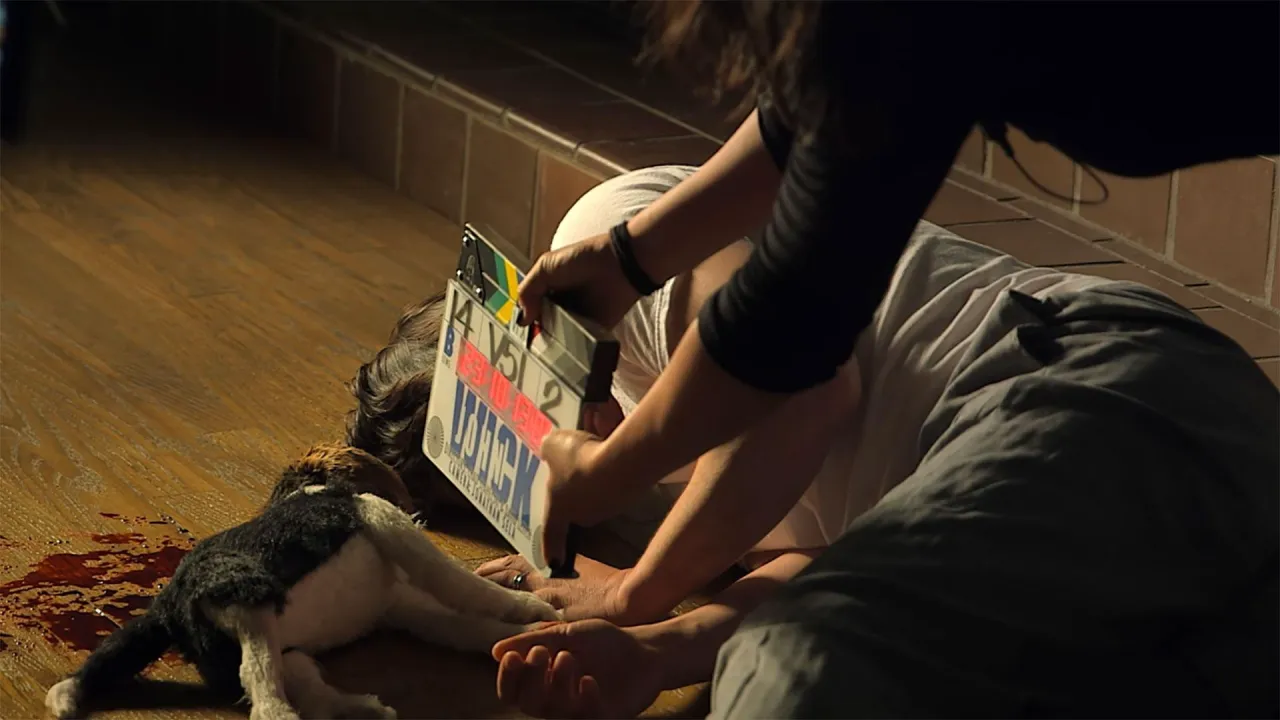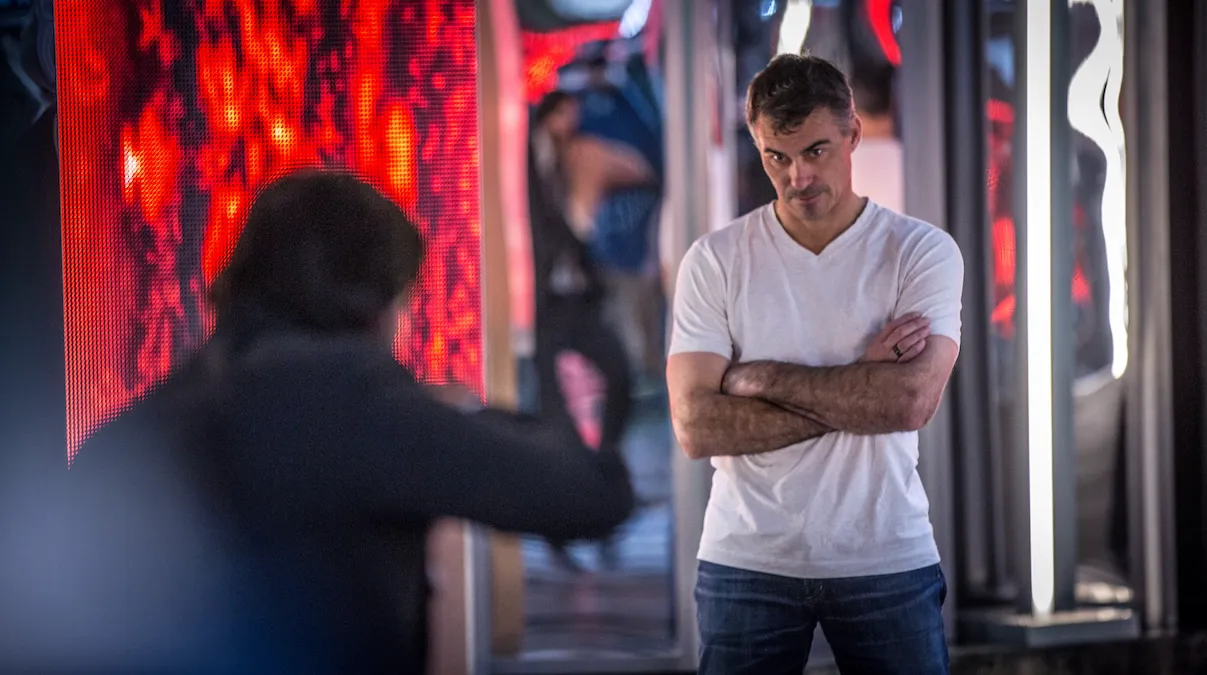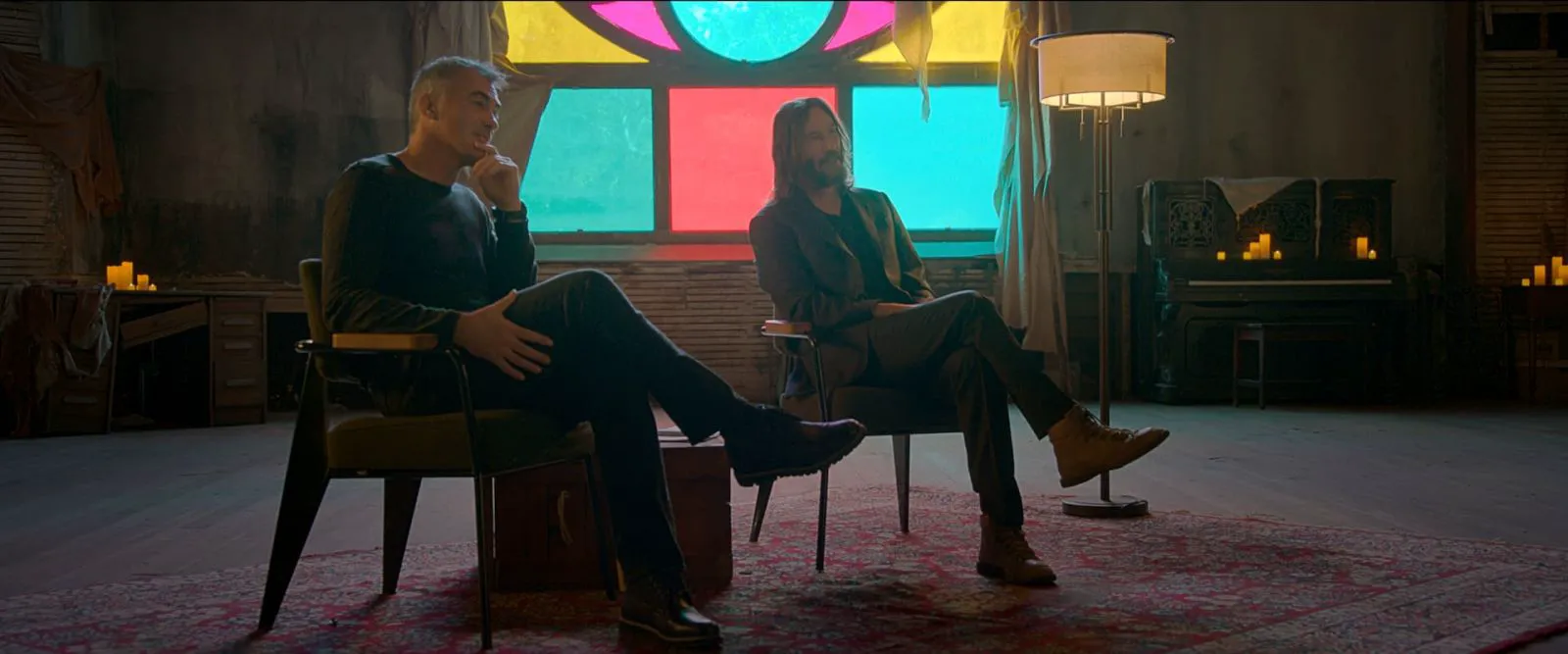From Stuntmen to Action Icons: The Making of “John Wick”
In 2014, Chad Stahelski and David Leitch, veteran stuntmen and budding directors, could hardly have imagined the phenomenon “John Wick” would become. Today, it’s not just a film; it’s a sprawling, influential franchise. Action movies are now measured against “Wick,” which has become a flagship of the genre during a period of crisis. Keanu Reeves also reaped a special reward – after a series of unsuccessful attempts to return to action stardom with films like “47 Ronin” and “Man of Tai Chi,” he finally found his signature role. However, it wasn’t without its bruises. Throughout the “Wick” films, Reeves willingly pushed himself, masochistically testing his body’s limits and performing most of the stunts himself. It’s no wonder Stahelski, watching his limping colleague, would say, “Wick is pain.” This seems to have become the franchise’s philosophy, as it was filmed with its fair share of creaking knees and nervous exhaustion.

Still from the documentary “Wick ––– It’s Pain”
Stahelski and Reeves are natural-born action fanatics, with an enthusiasm that spans from Hong Kong action films to anime. They became intertwined during “The Matrix,” practically becoming one entity. Chad performed complex stunts for Keanu and subsequently built a successful stunt career – kickboxing found its place in Hollywood. “Here you broke your knee, and here you were on crutches,” colleagues recall action scenes with a mix of admiration, now watching Reeves limp. In the documentary’s opening moments, the actor admits he always envied Scorsese and De Niro. They had a unique partnership, with irreplaceable chemistry between director and actor. “But now I have my own director,” the actor playing Wick solemnly concludes.
“Wick is Pain”: An Ode to Stunt Work
Jeffrey Do’s “Wick is Pain” isn’t a dry documentary with talking heads; it’s more like a dedicated ode to the stunt profession. It gathers all the people who exemplify the craft as an art form. Even the Academy has taken notice, firmly deciding to award Oscars for best stunts soon. After all, “John Wick” began as a crazy project by stunt professionals: Stahelski dreamed of his own film, and David Leitch – another action director of films like “Atomic Blonde” and “Bullet Train” – joined as a co-director in the action film about an enraged killer. The former started as Brandon Lee’s double on the infamous “The Crow,” while the latter responsibly performed stunts for Van Damme in the late 90s. Stahelski and Leitch would later form a team and create 87Eleven – a company that would make action films even more exciting, turning brawls into skillful choreography.

Still from the documentary “Wick ––– It’s Pain”
Overcoming Obstacles: The Making of a Hit
Having the right people in the right place doesn’t always guarantee smooth sailing. The filmmakers recount how “John Wick” faced significant problems from the start. Sponsors didn’t provide the necessary funds, and the film stalled five days before shooting – Stahelski believed, not for dramatic effect, that the film would have to be shut down. Producer Basil Iwanyk repeatedly covered expenses out of his own pocket, as did Keanu Reeves. The film was saved by actress Eva Longoria, who invested money literally 24 hours before the project was to be shut down. The funny truth: “John Wick” came to fruition thanks to the noble intervention of the “Desperate Housewives” star.
There were also content-related difficulties. How could stuntmen and stunt coordinators stage ordinary scenes without fighting and shooting? It was all new to them – even scenes of a sad Wick walking around the house. Or the plot’s trigger, the killing of the dog, which screenwriter Derek Kolstad came up with, bypassing the golden rule of Hollywood: never kill pets. This instantly alienated part of the audience during test screenings, while others, on the contrary, readily accepted Wick’s vengeful mission after his last reminder of his deceased wife was taken away. Not to mention the marketers’ efforts to sell an action film with Keanu Reeves – seemingly another cheap B-movie project.

Still from the documentary “Wick ––– It’s Pain”
The Pain Behind the Action
Listening to stories from Reeves, Leitch, and Stahelski, it’s easy to see why “Wick” is indeed pain, calluses, and constant injuries. The film wasn’t built immediately – they had to re-edit hours of footage and polish it, while also dealing with personal problems – Stahelski divorced his wife, which couldn’t help but affect the director’s emotional state. But the filmmakers weren’t going to stop and, after making a film bomb, began to expand the franchise – they wanted this, and Lionsgate also pushed for increased capacity. Leitch went solo, and recently celebrated the nuances of the extreme profession in “The Fall Guy.” The stunts in “Wick” became more complex, the runtime longer, the locations stretched from the Old World to Japan, and the constraints disappeared on their own – Stahelski and Reeves’ imagination allowed them to do literally anything they wanted. They intertwined martial arts: kung fu, judo, and jiu-jitsu – with the aesthetics of anime, comics, and video game shooters. Reeves – a shooter and fighter no worse than a seasoned special forces soldier, willingly put his body on the line, delegating only the wildest stunts to his double.
A Legacy of Dedication
“Wick is Pain” is not only a story about the difficulties during production but also an objective way of measuring: broken heads, bullet-riddled walls, and mastered locations. It’s a film of extreme extensiveness, which many action films could only dream of. Stahelski and Reeves once met on set, but there they found their home and family – “Wick” became a lifelong endeavor and a project of complete dedication. How long will John Wick live on screen? Obviously, as long as the body can move, and the soul can burn with childlike enthusiasm. In this sense, Jeffrey Do’s documentary can be considered an aperitif to the upcoming release of “Ballerina.”